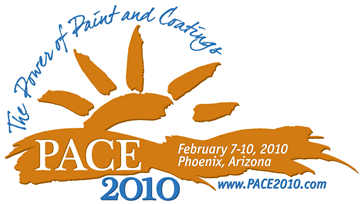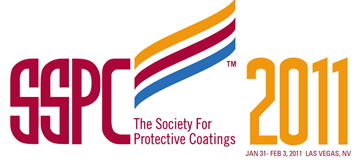Search
Meeting Expectations When Specifying Concrete Rehabilitation
Also Purchased
Moisture Mitigation in Concrete Floors and Walls
Product Number:
41210-563-SG
Publication Date:
2010
$20.00
Concrete Repair: The Ultimate Sustainability
Product Number:
41211-611-SG
Publication Date:
2011
$20.00
Concrete Cracks: Causes, Correcting, and Coating
Product Number:
41205-214-SG
Publication Date:
2005
$20.00
Recently viewed




